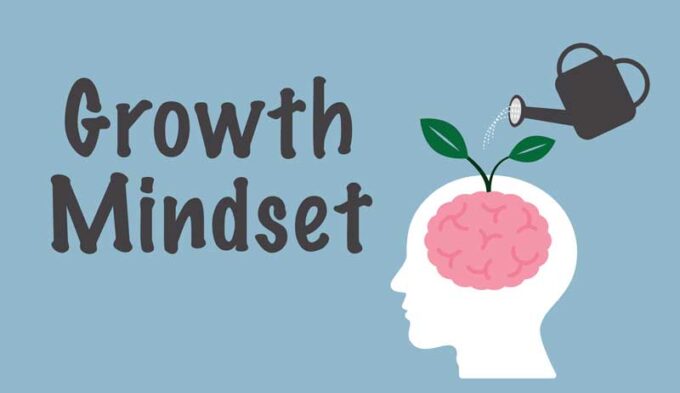Technological advancement has revolutionized how things run in the workplace. Factors such as a new generation of team members have also contributed to this. It has now become necessary for business owners to provide opportunities for growth and meaningful work experience. For this reason, businesses are now compelled to assess their team member acquisition and engagement strategy.
For many years, businesses have leveraged benefits such as high compensation to attract and retain employees. However, such problems as the pandemic have prompted business owners to re-evaluate their approach. This has led to the introduction of a more effective method to attract talent and improve team member retention. The demand for workplace learning and development has increased across multiple industries, so implementing it might make it easier for you to attract and retain the workforce.
What is workplace learning and development, you might ask? Learning and development is the strategy for aligning your employee’s goals and performance with your business’s. The learning process will identify skill gaps among the team members and introduce ideas and methods to bridge those gaps, thus improving productivity.
As a business owner, you might undertake the project to ensure you develop and implement the ideal learning strategy. Some of your responsibilities may include evaluating the business and team members’ needs, optimizing the learning strategy, and analyzing and developing an adequate budget, among others.
However, it’s important to understand that managing the learning and development process is not easy, especially if you’re not equipped with the right skills and know-how. This may affect the efficiency of your training process. Conducting extensive research may help simplify the process of training and developing your team members. You can visit Extension Engine or any other reputable sites at your disposal to learn more about ways to streamline and enhance your workplace’s learning and development process.
The following section discusses ways to consider learning and development in the workplace. They are as follows:
1. Encourage The Mindset Of Learning And Development

This is one approach you can consider to promote workplace learning and development. A team member with a positive mindset will be eager to learn new skills and knowledge. There are several ways you may support team members in embracing change and preparing to learn and develop.
For starters, you can create great opportunities for learning and development in your workplace. In most cases, your team members might already be stressed about their day-to-day obligations, making it hard for them to train and develop. However, implementing a policy that ensures the team members have sufficient time might create a positive learning mindset. It is also essential to guarantee that team members, regardless of location, have easy access to training programs. Easy access to resources for people who aren’t on the clock might trigger interest, improving the efficiency of your training strategy.
Another way you can encourage the mindset of learning is by offering certificates and incentives. Giving out certificates may motivate your team members to acquire new skills and experiences, which is something to be proud of. However, adopting transparent techniques is critical to award or recognize team members who thrive in the learning process.
2. Invite Specialists

This is another way you might use to increase learning and development in your workplace. Experts will train your workforce, ensuring they gain the necessary skills and knowledge while boosting their confidence. One of the major benefits of outsourcing the programs is that a reputable provider has the necessary skills, expertise, and tools, improving your training effort’s effectiveness. Furthermore, the specialists come into the workplace as neutral third-party. As a result, they may be more effective in training and developing your workforce compared to your internal team member providing the lessons.
However, it’s vital to ensure you choose an experienced and reputable service provider. Conducting enough background checks may help streamline the process of selecting a training specialist. Additionally, ensure you visit several local vendors to be informed about the ideal price range for training programs.
3. Involve Team Members

Involving team members makes it easier for you to understand their needs, expectations, and challenges. Thus, you’ll develop a learning and development strategy that addresses their needs and goals, improving its effectiveness. There are several ways you can learn more about your team members and personalize the training strategy. For instance, you can organize an informal one-on-one interaction. Use this opportunity to develop a deeper insight into your team members, and understand their challenges, plus the strengths and skills they’re interested in acquiring.
However, it’s important to ensure you create a neutral environment to make it easier for team members to share their challenges, preferred learning strategies, and more. You can do so by sharing some information about yourself to level the playing field. This helps develop a connection, making it easier for the workforce to participate actively in the learning and development process.
4. Provide Flexible Learning Options
Providing flexible learning options might play a significant role in improving the development of your workplace. In the modern era, most team members prefer self-guided learning to structured training. The independent approach to learning makes it easier for the workforce to learn at their own pace and time frame. Moreover, this approach allows the team members to integrate the training program into their daily schedule, thus increasing its effectiveness.
As mentioned above, technological advancement has revolutionized workplace processes and settings. In recent years, the workforce doesn’t need to be physically there to achieve business goals. With the rise of remote working, providing virtual and digital training programs to your workforce is important. In the modern era, you can utilize cloud computing, making it easier for team members to access the training and development resources, regardless of their location.
Wrapping Up
As discussed above, technological and societal advancements have changed how things operate in the workplace. That said, learning and development may play a huge role in securing and retaining your company’s top talents. However, it’s important to conduct extensive research to identify ways you can use to increase workplace learning and development. With the tips mentioned above, you’re well on your way to achieving success with this strategy.










